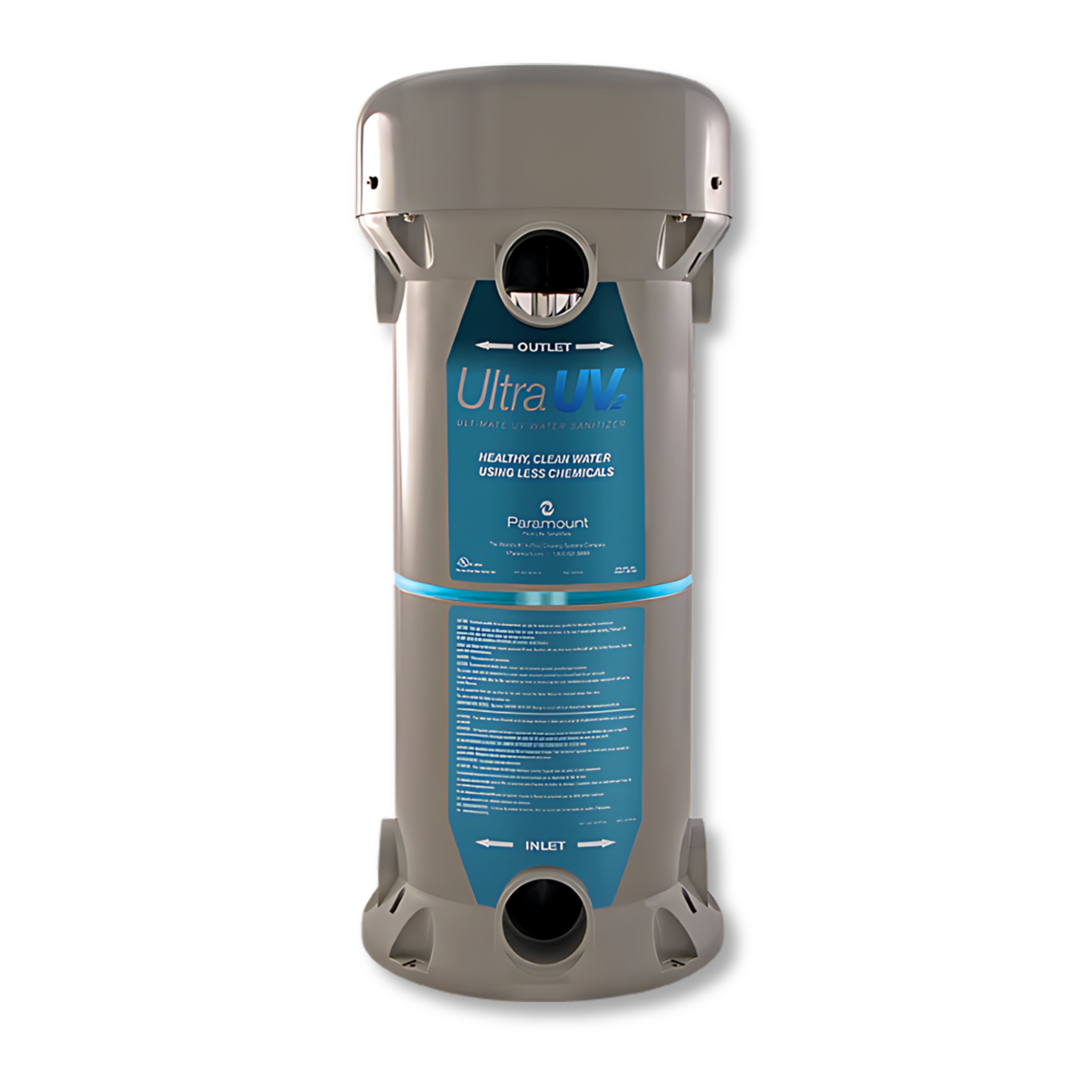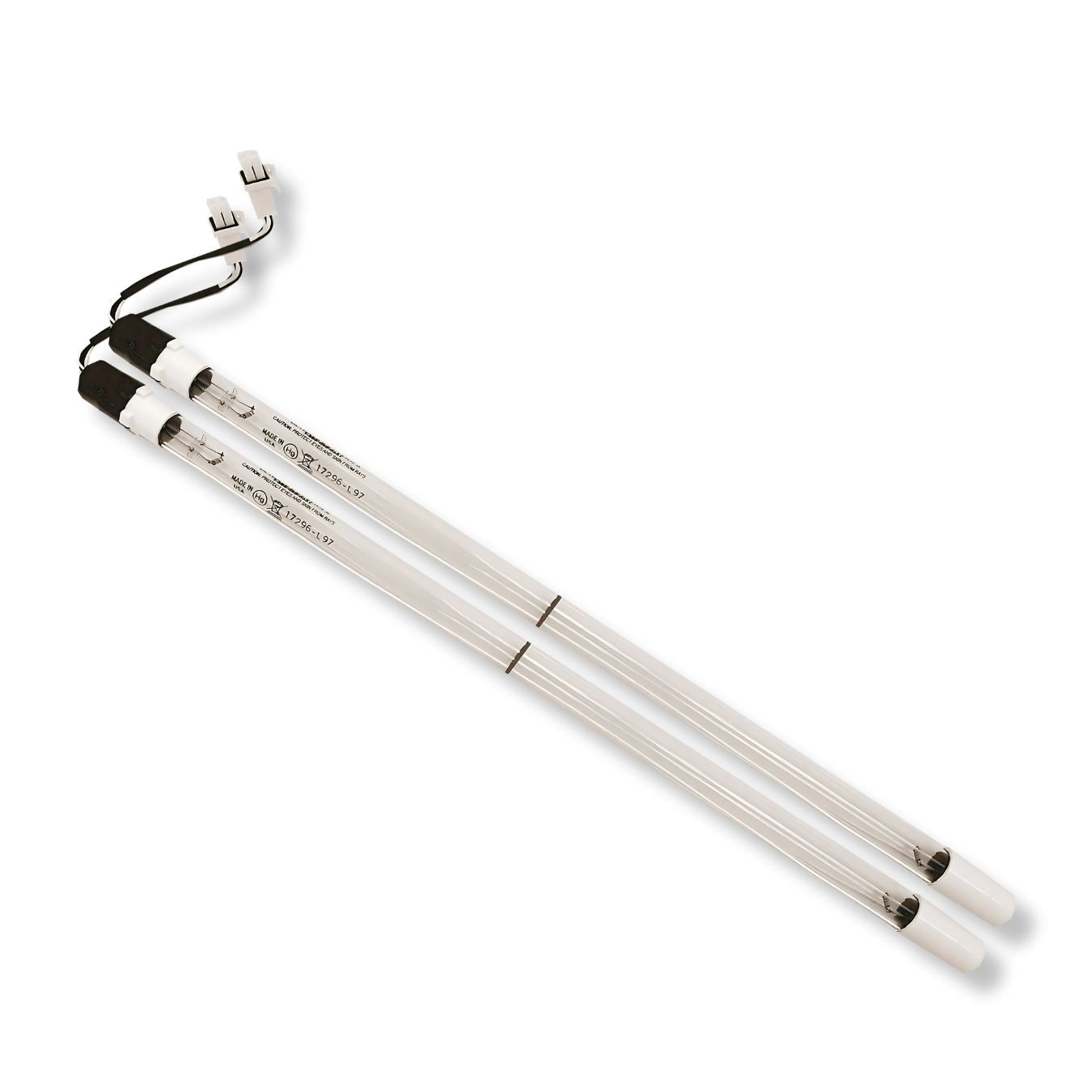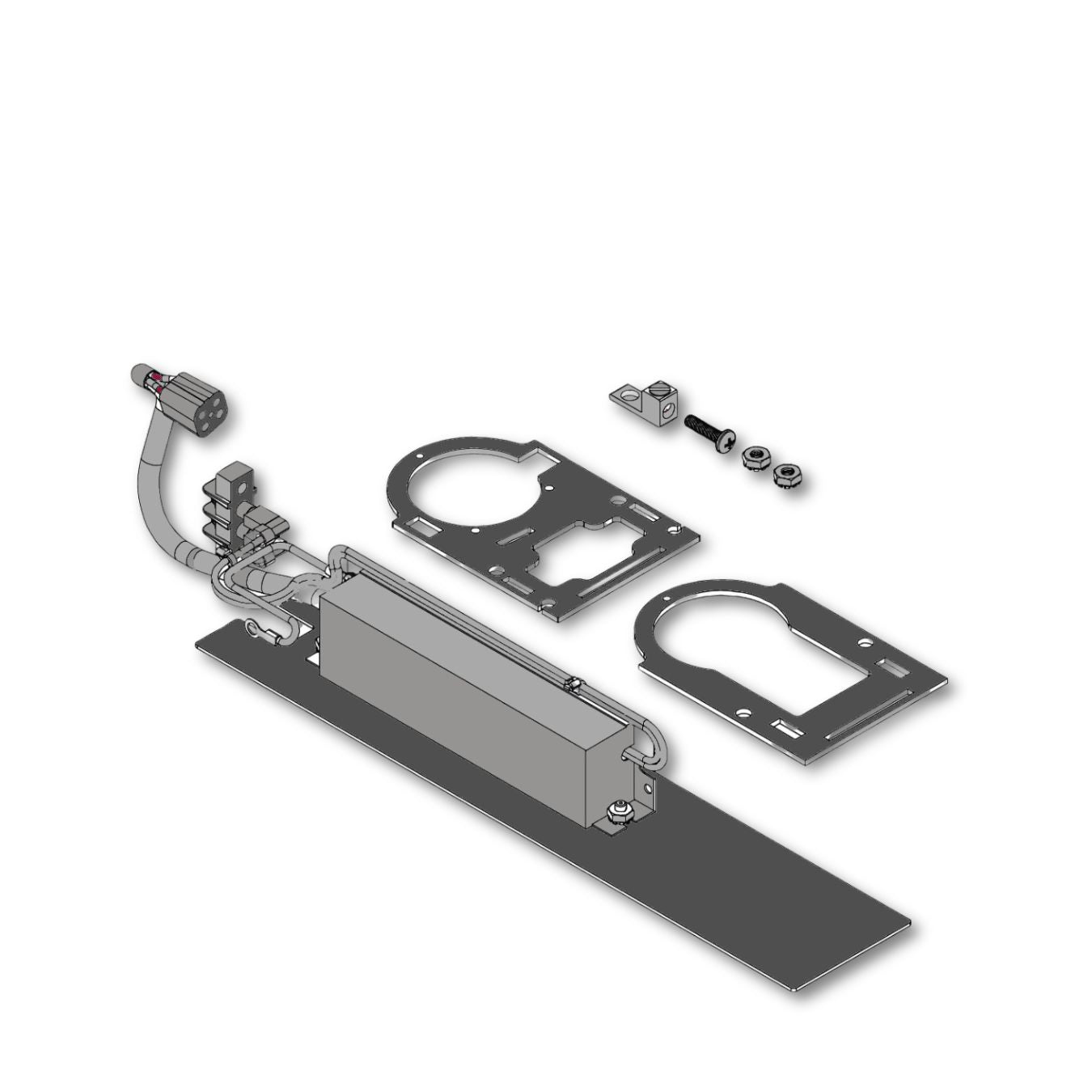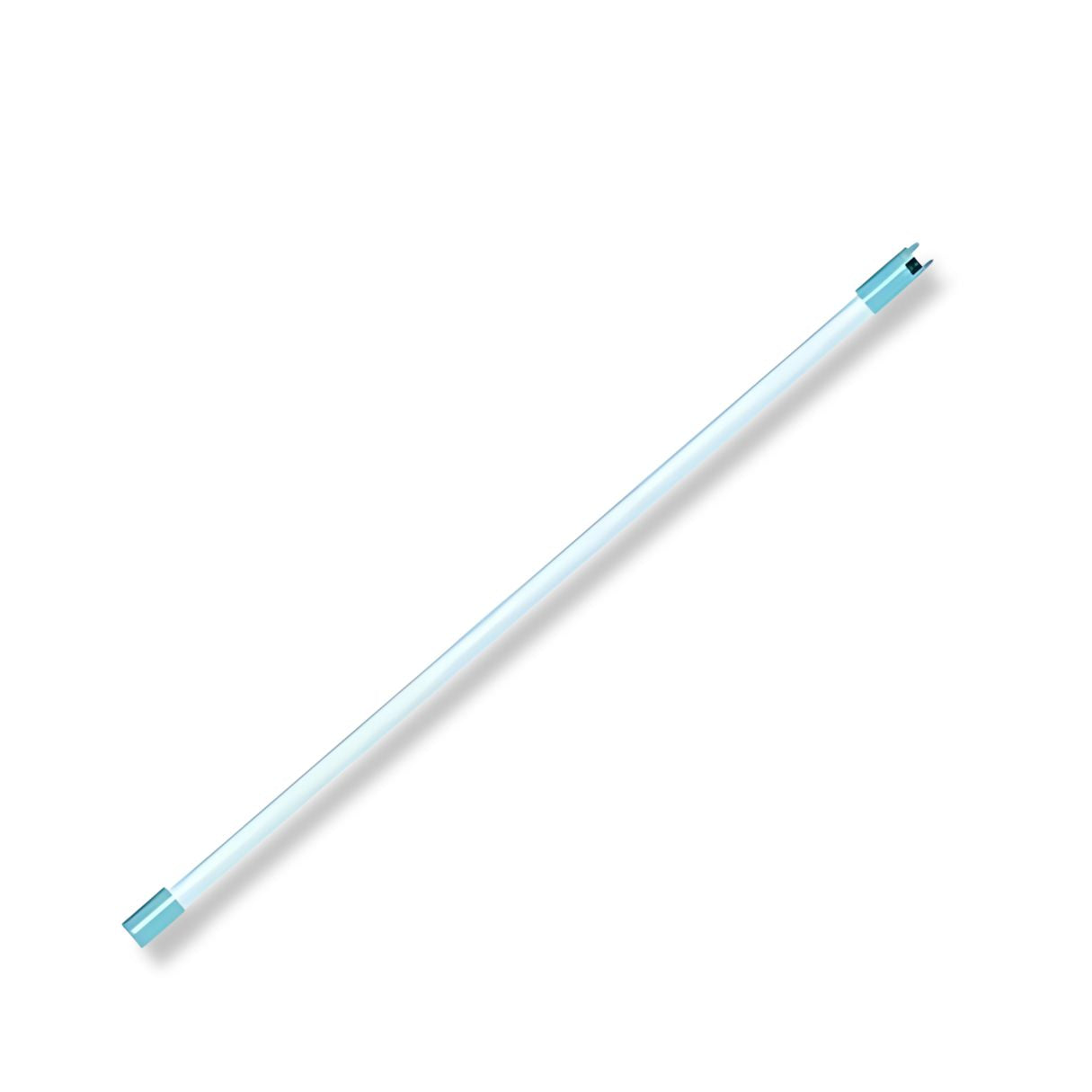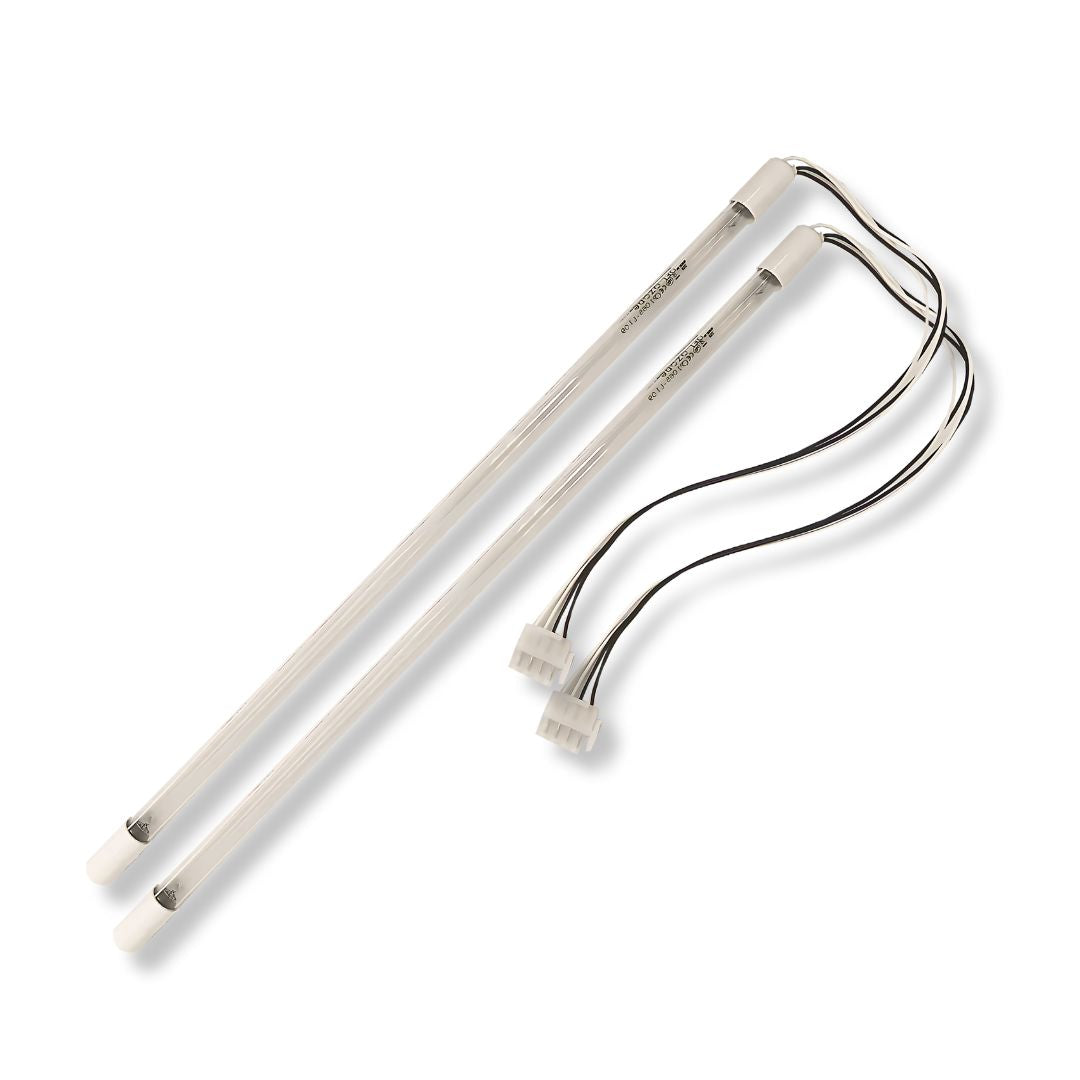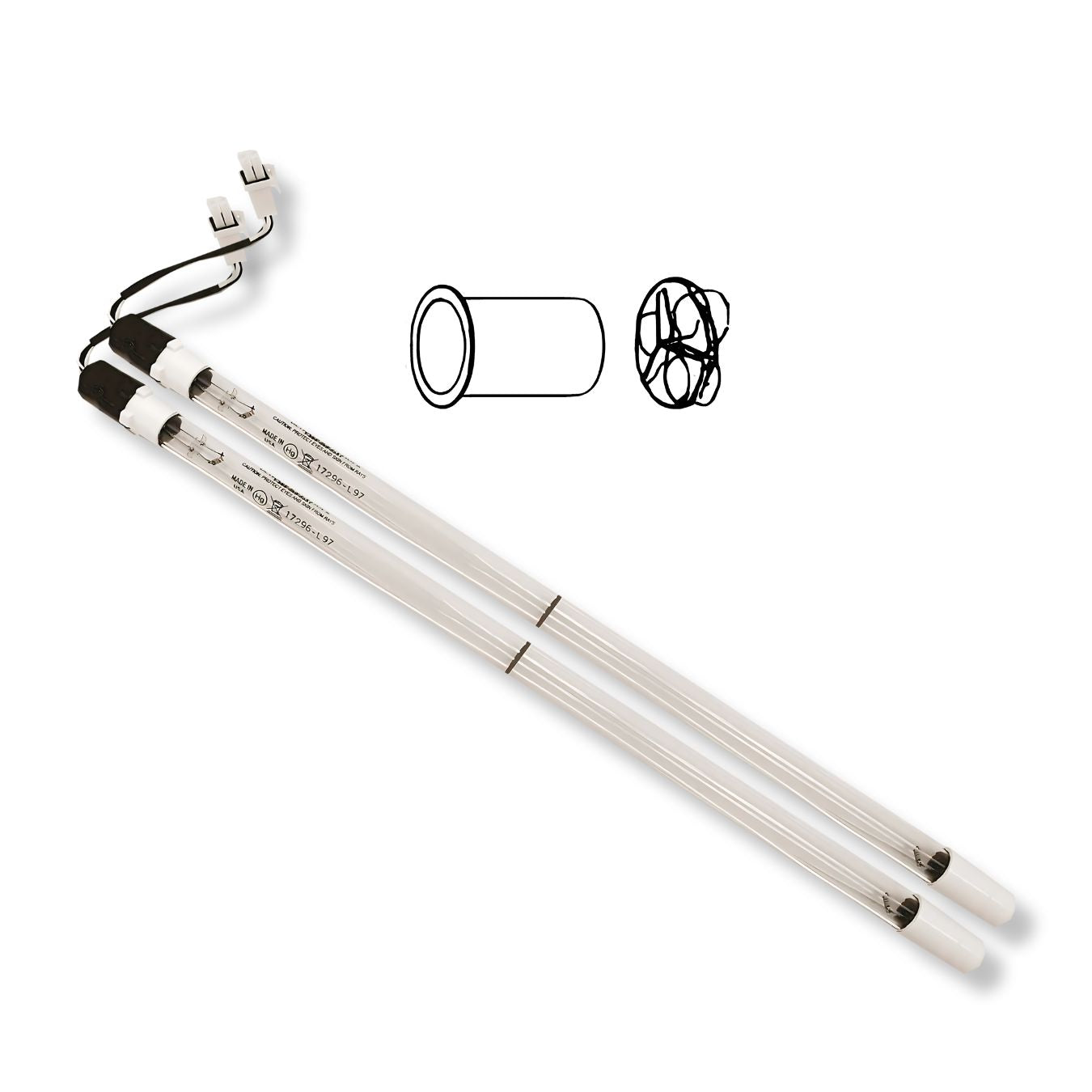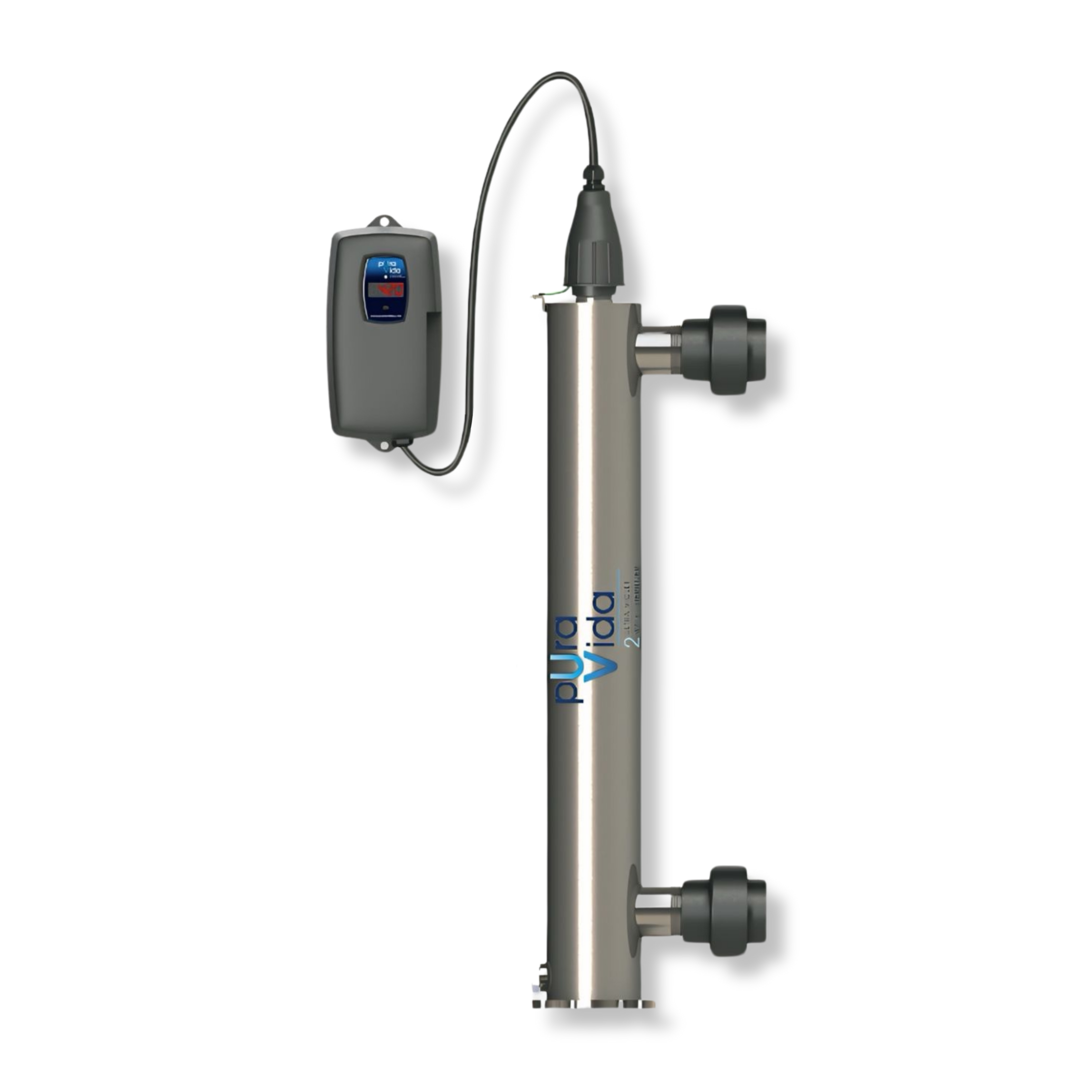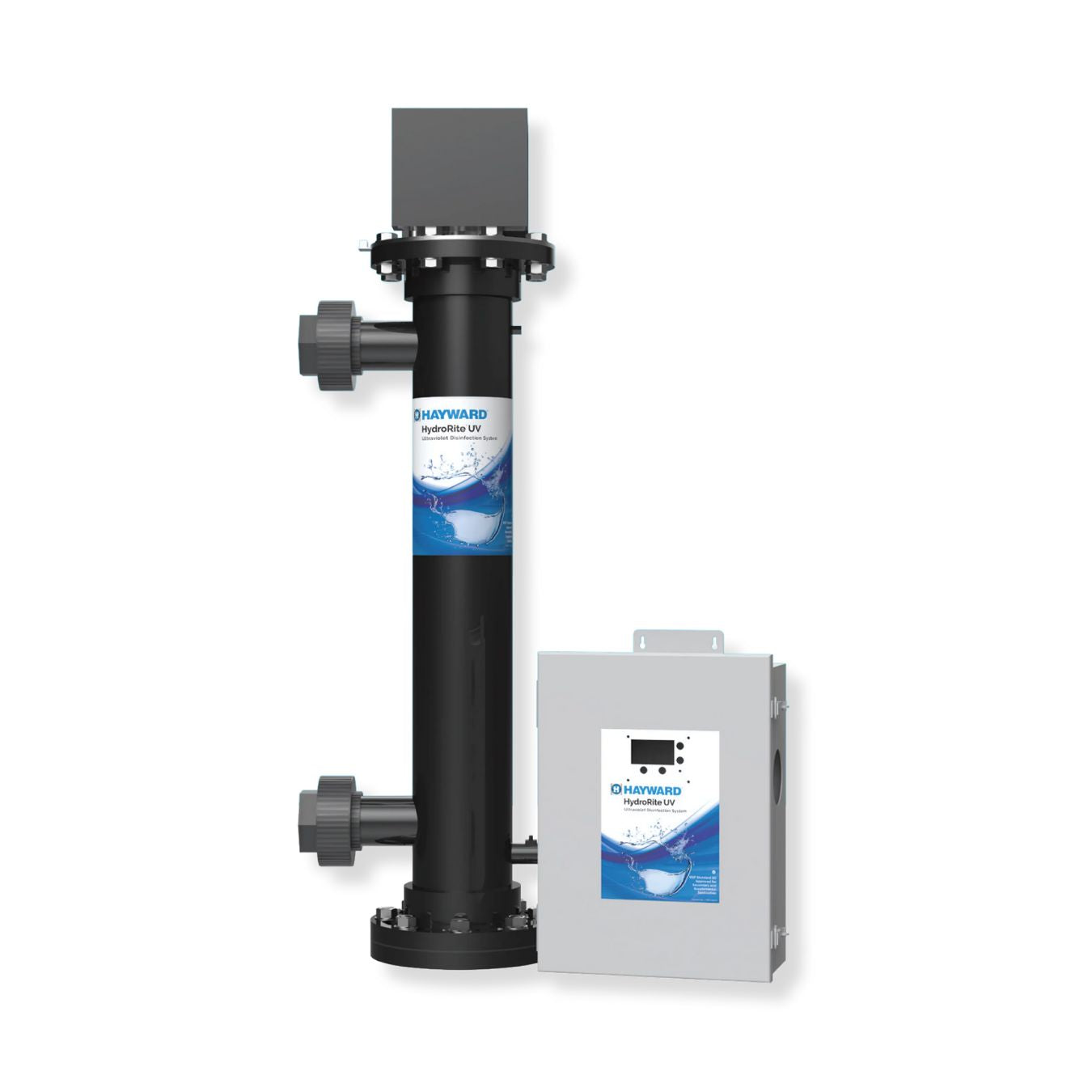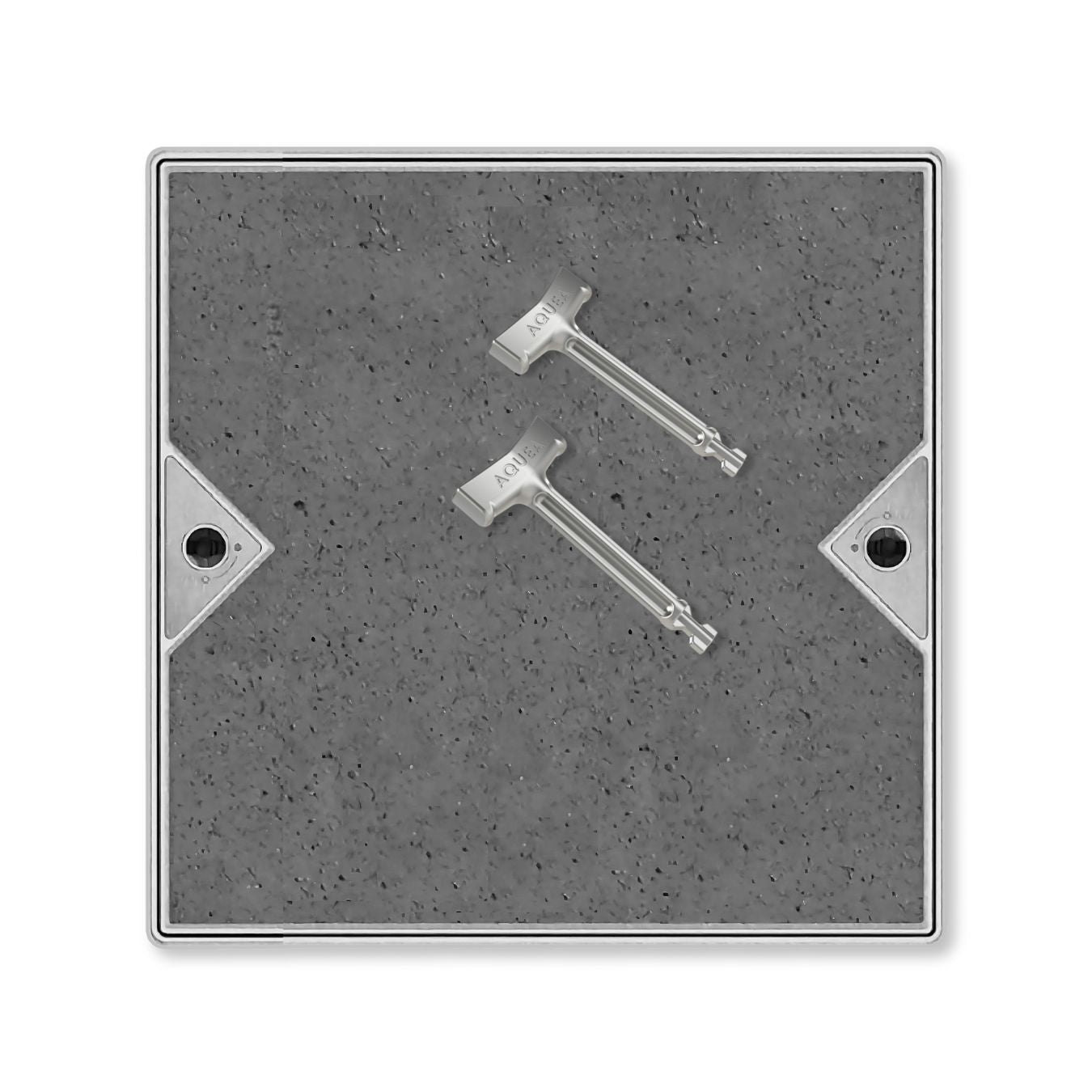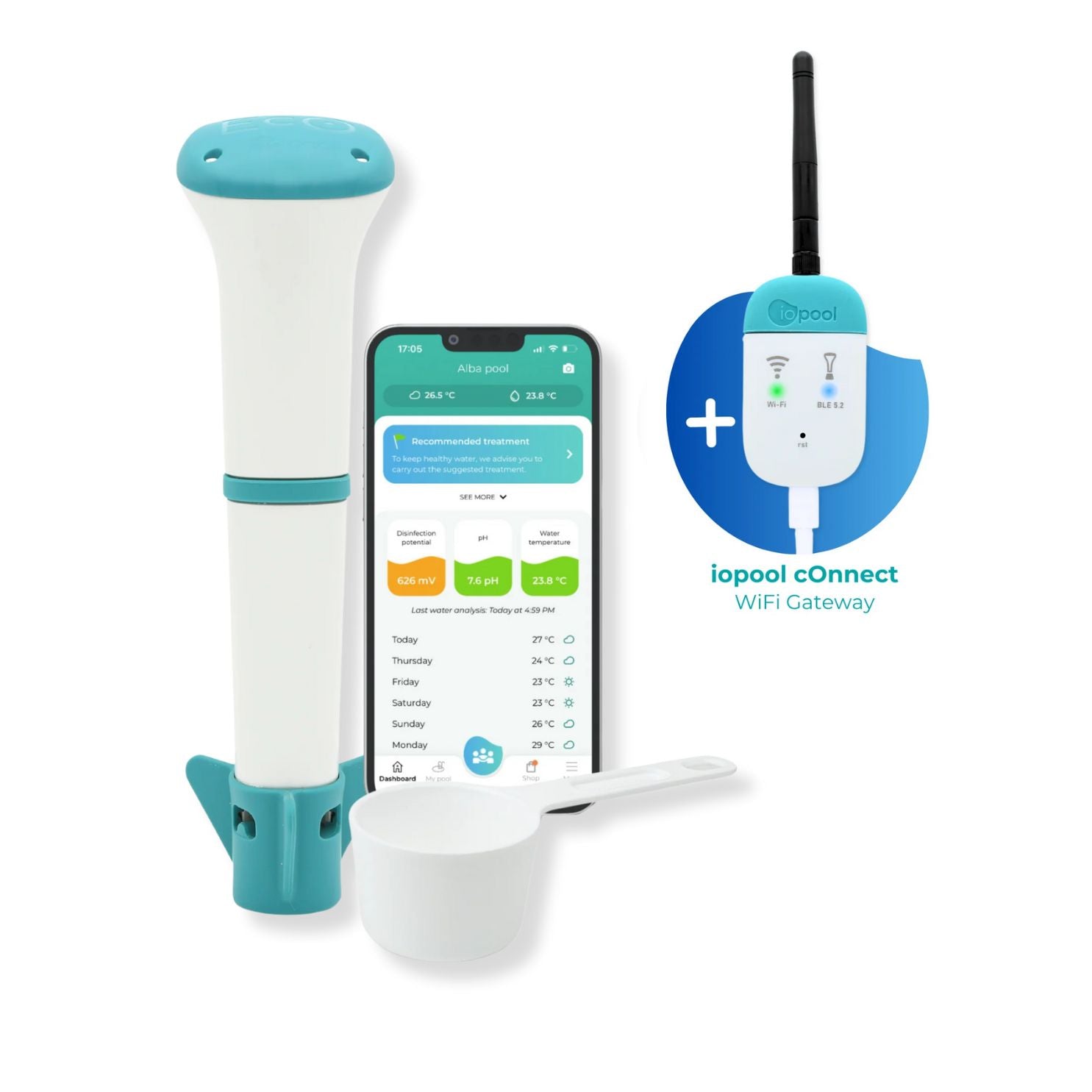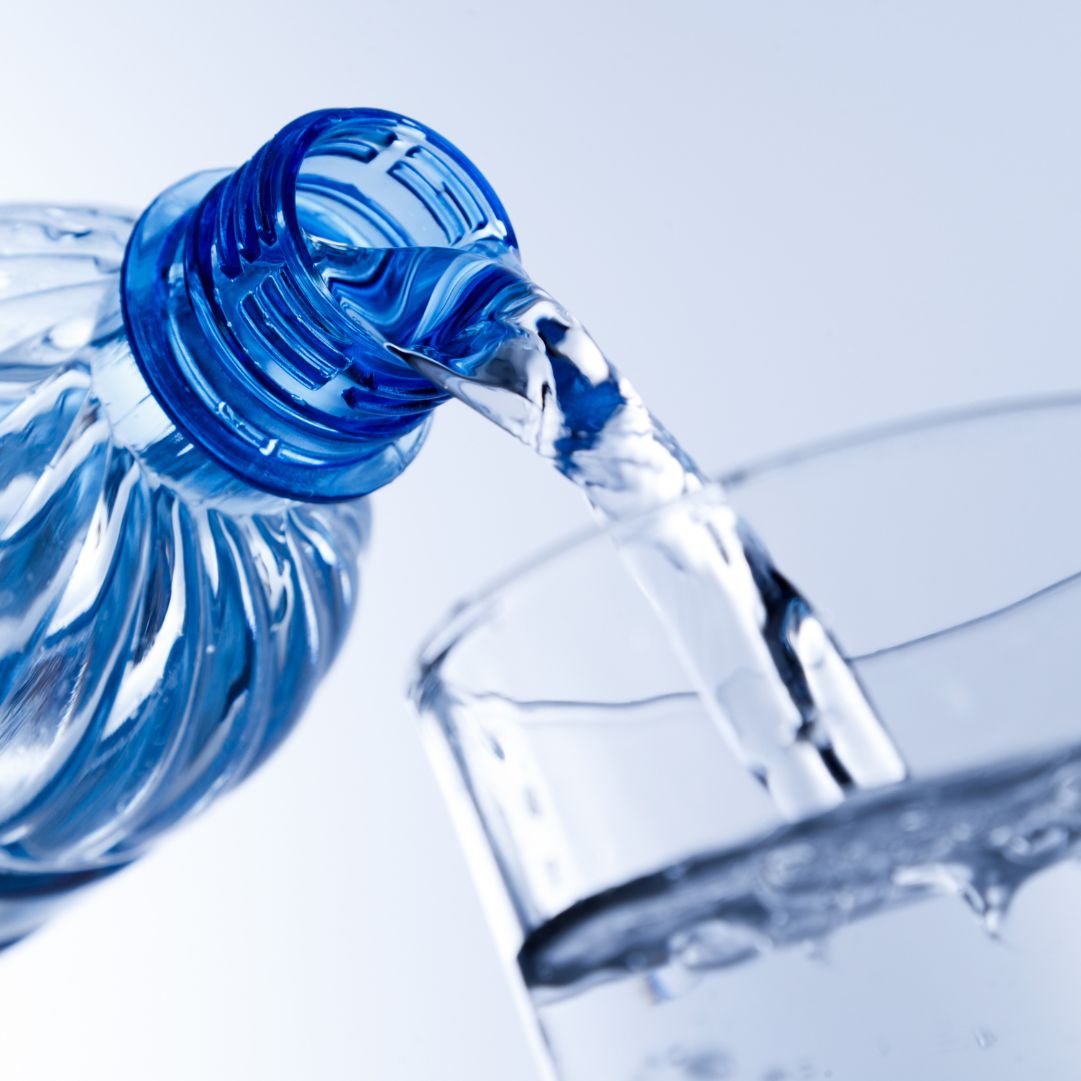
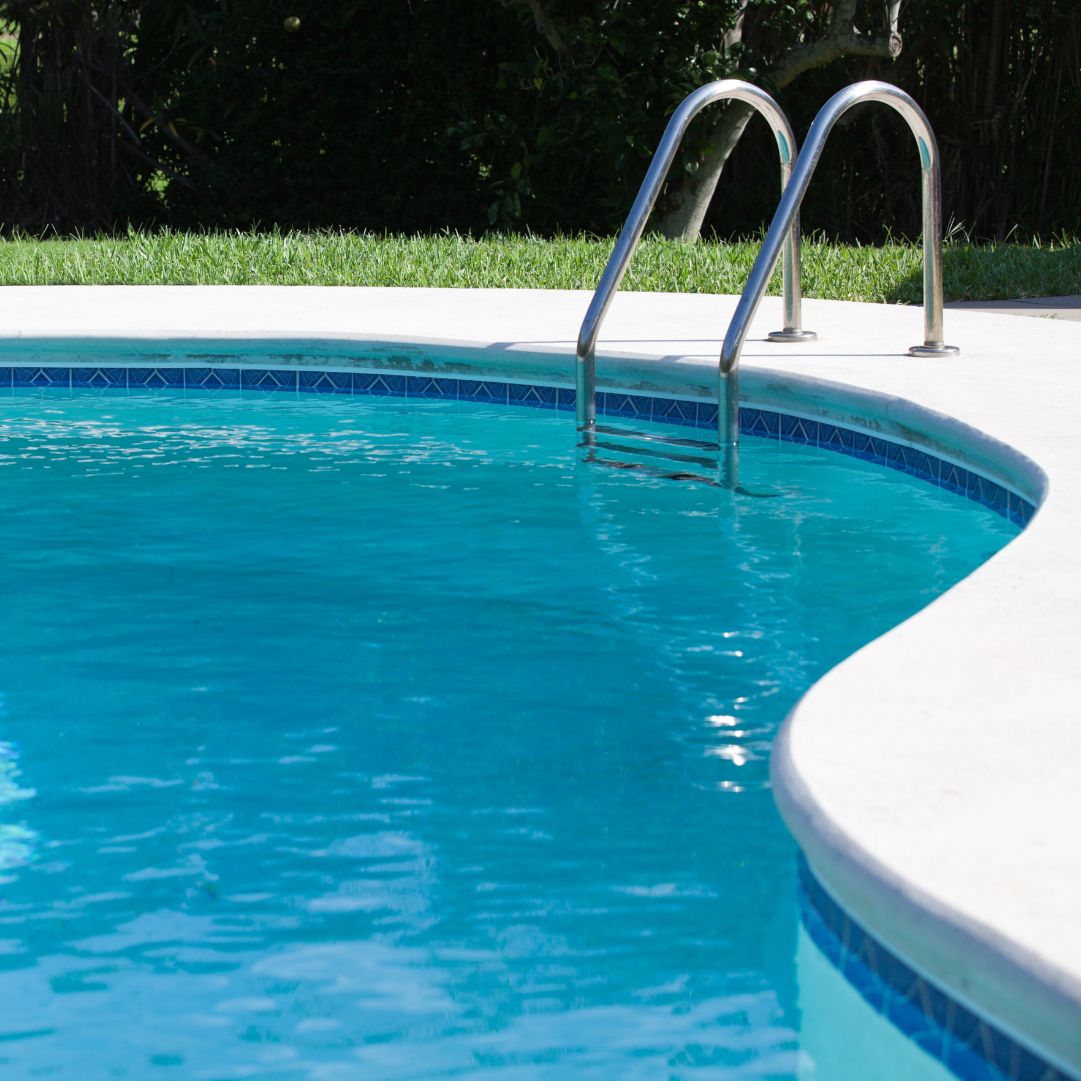
UV Sanitation for Pools vs for Drinking Water
Ultraviolet purification is not enough by itself to ensure safe drinking water. Although UV will make your pool safe for swimming, and you can maintain chlorine levels at drinking water standards, other elements in your drinking water need to be addressed before it is safe to consume.
It is now very common for UV to be used in drinking water sanitation. Many people that rely on dug or drilled wells for water also implement the use of UV to purify the water. In fact, ultraviolet is used in many municipalities to sanitize water for its’ residents. UV for pool sanitation is also becoming much more common. Residential and commercial pools alike rely on UV to ensure a safe swimming environment, avoiding contamination from some nasty bugs (such as cryptosporidium and gardia).
In both cases the technology is the same. Short wave ultraviolet light (UV-C) is used to destroy micro-organisms by disabling their DNA from performing its’ function. Specifically, ultraviolet light in the 254 nanometer (nm) range is the most effective at disinfection. Often referred to as germicidal UV, this range of light damages the cells DNA and RNA rendering them harmless.
However, ultraviolet purification is not enough by itself to ensure safe drinking water. Although UV will make your pool safe for swimming, and you can maintain chlorine levels at drinking water standards, other elements in your drinking water need to be addressed before it is safe to consume. VOC’s (volatile organic compounds) are often toxic and can leach into our drinking water. These elements are removed easily removed with the addition of a carbon based filter.
In terms of residential applications, one key difference between the UV sanitation systems is the flow rate. While most homes have drinking water rates of between 2 to 7 gallons per minute approximately, pool circulation systems can range from 10-100 gallons per minute. This means the pool UV system is larger and capable of dealing with a faster flow rate.
While the technology for both drinking water and pool sanitation are the same, factors such as flow rate and elements in the water are quite different. UV systems designed for your home will not be sufficient for your pool. Likewise, ultraviolet systems used for drinking water will not handle the typical flow rate for your pool, and require additional purification components.

